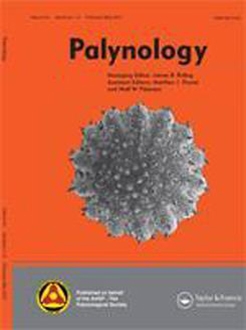This study describes the results of palynological, macrobotanical, and microfaunal investigations of 19 coprolites from the Paisley Five Mile Point Caves locality (35LK3400) situated in south-central Oregon, USA. This collection represents two discreet chronological phases (ca. 2200 and 9600–10800 radiocarbon years before present (RCYBP)) and suggests the use of a wide array of faunal and floral resources found adjacent to the cave complex. Here we compare macrofossils, animal hair and pollen recovered from these samples with regional ethnographic and historic data to infer probable exploitation of dietary resources by the inhabitants of the rockshelter. Our results suggest that the residents of the Paisley Caves during the late Pleistocene and early Holocene transition followed subsistence regimes heavily reliant on lagomorphs and dryland plant resources similar to those employed by later Native groups.
How to translate text using browser tools
24 January 2020
Dietary Items in Early to Late Holocene Human Coprolites from Paisley Caves, Oregon, USA
Anthony Taylor,
Jarod M. Hutson,
Vaughn M. Bryant,
Dennis L. Jenkins
ACCESS THE FULL ARTICLE
It is not available for individual sale.
This article is only available to subscribers.
It is not available for individual sale.
It is not available for individual sale.

Palynology
Vol. 44 • No. 1
January 2020
Vol. 44 • No. 1
January 2020
archaeology
coprolite
Great Basin
Macrofossil analysis
Oregon
PAISLEY CAVES
paleodiet





